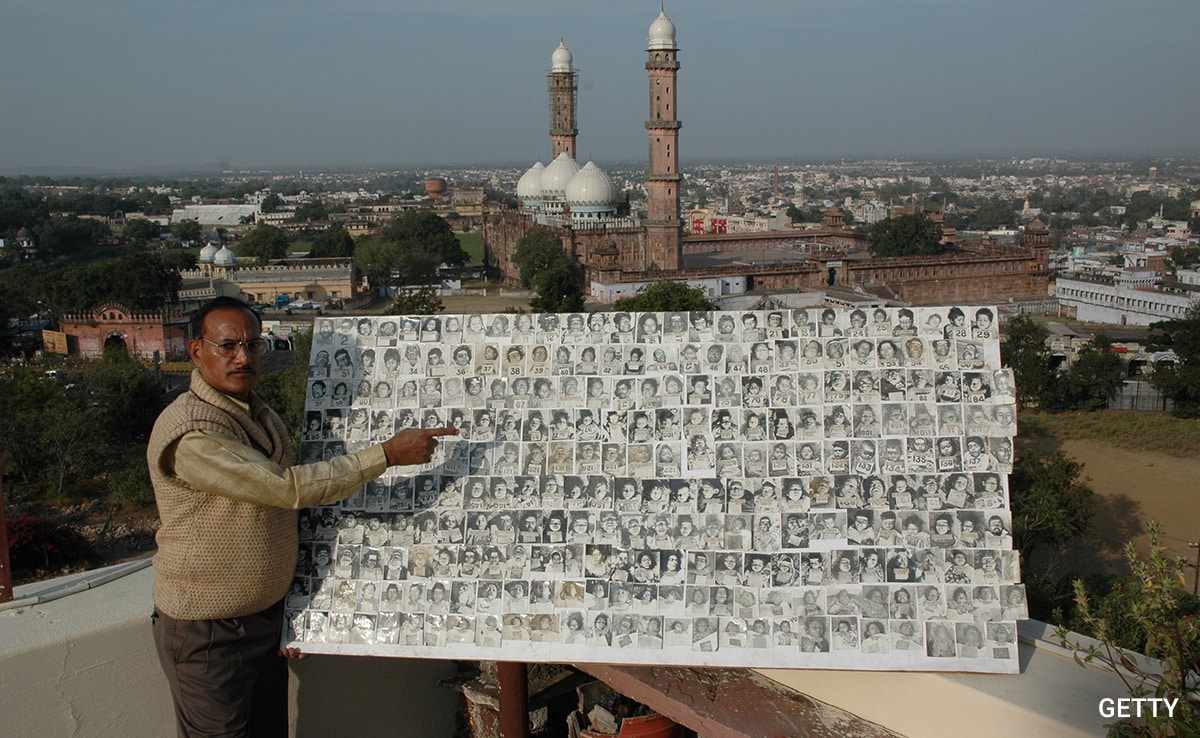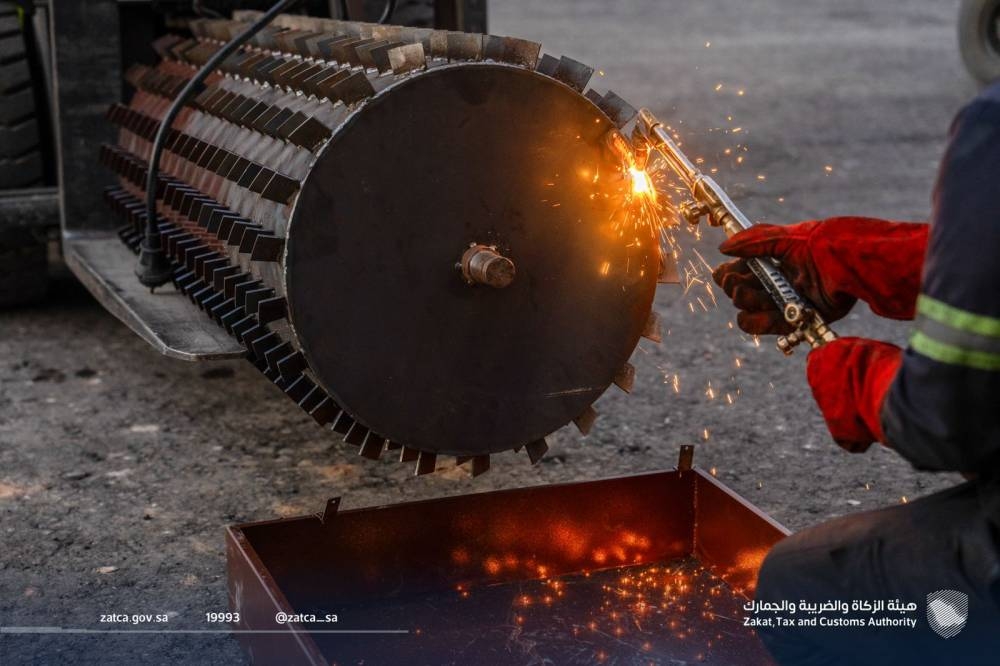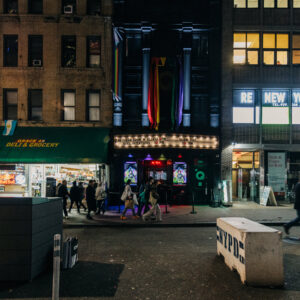Once Shunned, Areas Near Bhopal Gas Tragedy Site Now See Real Estate Boom
Union Carbide factory, the site of the deadly gas leak 40 years ago which was once located on Bhopal’s outskirts, is no longer ostracised with its neighbourhood now dotted with residential and commercial establishments.
The real estate in the city grew, though slowly and haphazardly, in the past four decades, though the catastrophe slowed down the development of Bhopal compared to other state capitals.
A prominent shopping mall-cum-entertainment centre is now located just 4 km away and hundreds of residential colonies have cropped up on the then vacant land near the disaster site, overlooking pollution that the tragedy created – be it groundwater or soil contamination.
The highly toxic methyl isocyanate gas leaked from the Union Carbide India Limited (UCIL) plant here on the intervening night of December 2 and 3, 1984, killing 5,479 persons and maiming more than five lakh others.
The Union Carbide factory was part of the Kali Parade industrial campus and it was on the outskirts of the present-day old city, Vishnu Rathore, a former corporator who had represented the adjoining areas, told PTI.
“Now, we can say it is in the middle of the city as hundreds of residential colonies and shopping outlets catering to the people’s needs have come up,” he said.
Rathore, who was 16 years’ old at the time of disaster, said the area is still under-developed but the real estate business has been thriving in the neighbourhood of the abandoned factory site.
Since the tragedy, the city has seen a significant population growth and urban development, including in areas surrounding the Union Carbide plant campus, Confederation of Real Estate Developers’ Associations of India (CREDAI) Bhopal unit chief Manoj Singh Meek said.
“The area in the vicinity of Union Carbide, located in northern part of the city, must have added around 100 residential colonies and a population of three lakh during the past four decades,” he said.
But, the industrial disaster severely dented Bhopal’s development and economic growth, Meek said.
“Due to this disaster, Bhopal lagged behind in the race of development of state capitals. No new industrial and big business development took place in Bhopal, resulting in slow pace of the city’s growth,” Meek said.
At the time of the gas tragedy, Bhopal’s population was around 8.5 lakh. Nearly 5.2 lakh persons, including 2 lakh children and about 3,000 pregnant women, were then residing in the 36 wards which were later designated as “gas-affected,” he said.
The immediate aftermath of the disaster saw a significant number of people leaving the city due to health concerns and fear of lingering contamination, Meek said.
But over the time, the population stabilised and began to grow, influenced by factors like urbanisation and economic opportunities, he said.
By 1991, the population grew, indicating a gradual return and influx of residents, Meek said.
He said development in the immediate vicinity of the gas leak site has been “cautious” due to lingering contamination concerns.
The plant site remains largely abandoned, with limited residential or commercial projects directly adjacent to it, the CREDAI official said.
But, the urban expansion and population pressure in peripheral areas have spurred development in neighbourhoods further from the plant, he said.
Former chairman of the Institute of Town Planners India (ITPI), MP Chapter, Shubhashis Banerjee said most of the residential development adjacent to Union Carbide has been illegal.
“The compensation disbursed in the years after the tragedy gave a boost to the local economy, resulting in small-ticket size illegal real estate development in surrounding areas,” he said.
The gas leak site was not dealt with properly, unlike Hiroshima in Japan, which faced an atomic bomb attack, he opined.
“We didn’t handle the catastrophe site properly. The project for the memorial was prepared but could not be implemented. A world class memorial should have been developed there,” he said.
Banerjee said the tragedy alerted the government to strengthen the environmental rules and safety measures for the hazardous industry across the country.
“This slowed the pace of industrialisation,” he said.
Rachna Dhingra of the Bhopal Group for Information and Action, an organisation of gas survivors, said development took place at a fast pace after the construction of an overbridge parallel to Union Carbide campus.
“The overbridge was constructed on the solar evaporation ponds of Union Carbide where the toxic waste was being dumped. After that, large-scale real estate development took place in neighbouring areas,” she said.
Even a part of the solar evaporation pond has been encroached upon, Dhingra claimed.
In 2010, it was decided to shift the settlements adjacent to the Union Carbide factory campus and the Centre had sanctioned Rs 40 crore, but the proposal was shelved and situation became grimmer later on, she said.
The land and groundwater in the surrounding areas have turned toxic, but the people are living in such conditions, Dhingra said, while blaming politicians for the “mess” around the gas leak site.
(Except for the headline, this story has not been edited by NDTV staff and is published from a syndicated feed.)
Union Carbide factory, the site of the deadly gas leak 40 years ago which was once located on Bhopal’s outskirts, is no longer ostracised with its neighbourhood now dotted with residential and commercial establishments.
NDTV News- Topstories









إرسال التعليق